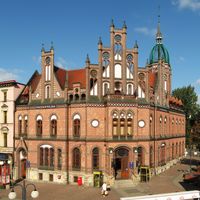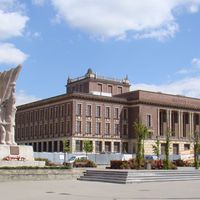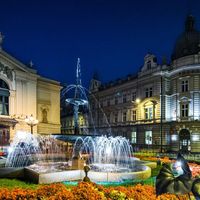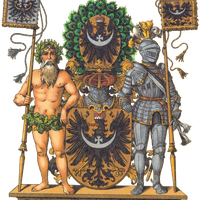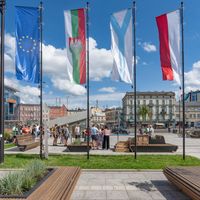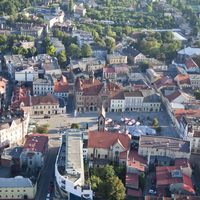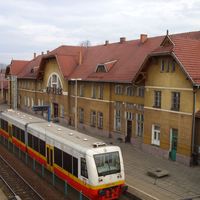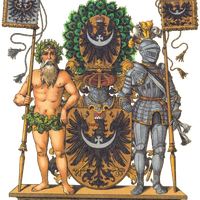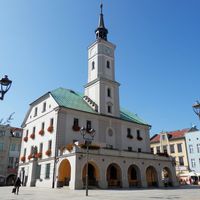Silesian Voivodeship
8.44
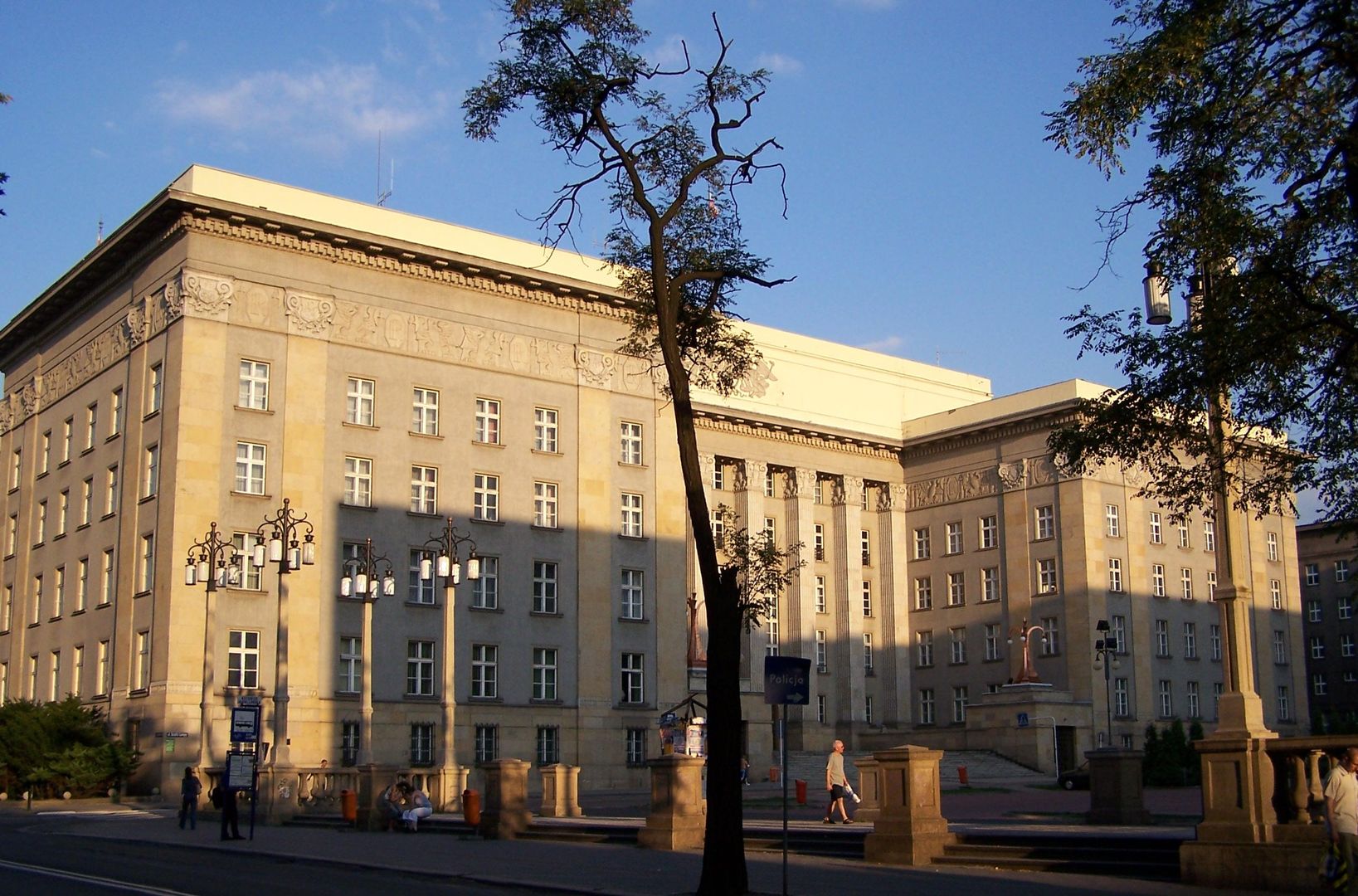
Overview
The Silesian Voivodeship, one of the most urbanized regions in Poland, stands out with its diverse architecture that blends industrial and modern styles. The area is home to numerous historic buildings, including beautiful castles like the Piast Castle in Gliwice, as well as numerous palaces and industrial sites such as the Historic Silver Mine in Tarnowskie Góry, a UNESCO World Heritage Site. The region's culture is multifaceted, shaped by Polish, German, Czech, and Jewish influences, which is reflected in local music festivals like the Rawa Blues Festival and Off Festival, as well as in the activities of cultural institutions. The voivodeship boasts numerous theaters, philharmonics, and museums, such as the Upper Silesian Museum in Bytom and the Silesian Museum in Katowice, which showcase the history of the region.
The Silesian Voivodeship has a rich history dating back to the Middle Ages, when the area was part of various duchies. After World War II, the region underwent significant changes, and its current borders were established in 1999. An interesting fact is that the Silesian Voivodeship has more cities with county rights (19) than counties (17), making it unique in Poland. The region is also a well-known industrial center, with significant coal and steel production, and its economy is one of the strongest in the country. Numerous sports clubs operate in the voivodeship, and winter sports enthusiasts can enjoy resorts in the Silesian Beskids. The main centers of religious culture are Jasna Góra and Piekary Śląskie, attracting pilgrims from all over Poland. Silesian cuisine, with its unique culinary traditions, also plays an important role in local identity.
The region is characterized by beautiful landscapes, including forests, lakes, and mountain trails, attracting tourists seeking active recreation. The Silesian Voivodeship combines modernity with rich history and culture, serving as a fascinating example of regional development in Poland.
Location
Country
2025 Wizytor | All Rights Reserved
